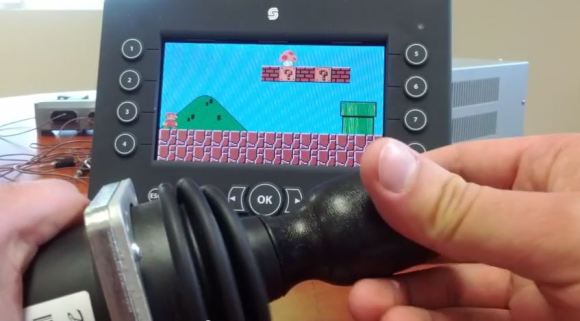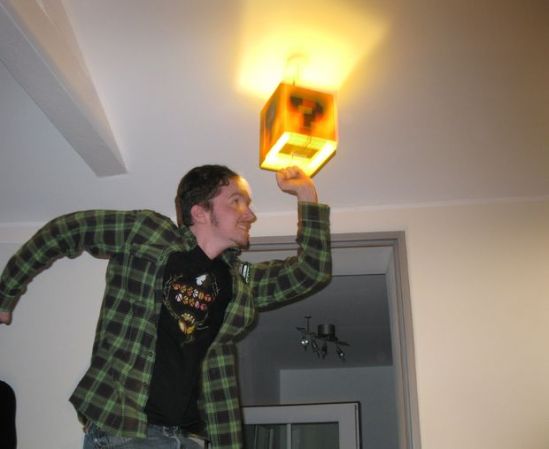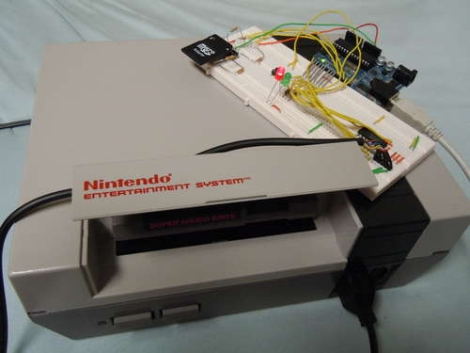
Getting Super Mario to work on your TI-83 calculator is almost a rite of passage for young geeks, so we really liked this project where [Chad Boughton] managed to get it running on a PLC’s HMI screen instead!
He’s using a Danfoss DP600LX microcontroller with an HMI display along with a CAN bus joystick. This kind of equipment is typically used to control hydraulic systems, as well as display sensor data — [Chad] was curious to see if he could do animation with it as well — it looks like he’s succeeded! The funny thing is we’ve seen those “joysticks” before and it’s cool to see them used for something like this — like [Chad] said, they’re normally used for actuating hydraulic and pneumatic cylinders.
Stick around after the break to see Mario eat some mushrooms.
Continue reading “Super Mario On A Human-Machine-Interface!”














